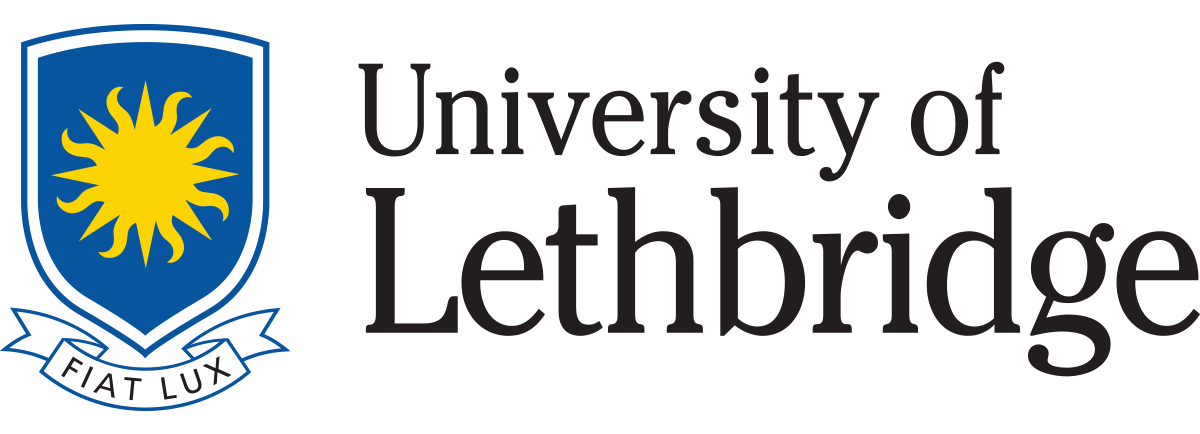Rodrigues H, Harding JS. Introduction to the Study of Religion. London: Routledge; 2009. WebsiteAbstract
Why do people study religion? How have they studied it in the past? How do we study religion today? Is the academic study of religion the same as religious education? These and many other questions are addressed in this engaging introduction to the discipline of religious studies, written by two experienced university teachers. The authors have crafted this book to familiarize novice students with key concepts and terminology in the study of religion. More advanced students will find a varied array of theoretical perspectives and methodological approaches to the field. Topics include:
definitions of religionperspectives in the study and teaching of religionhow religion began to be studied: traditional perspectives – philosophical and theologicalhow people experience religion: perspectives in the study of religious consciousness and perception – phenomenological and psychologicalstudying religion within communities: Social and cultural perspectives – anthropological, sociological, political and economicjudging religion: critical perspectives –feminist approaches, the interaction of popular literature and religioncontextual perspectives – historical and comparative.
The book encourages students to think critically about the theories and methods presented. Students will find arguments for the strengths and limitations of these approaches, understand connections among religious studies and other intellectual movements, and develop their own ideas of how they might want to go about the study of religion. Summary boxes, a timeline, a glossary and other pedagogic aids help students grasp key concepts, along with a companion website at www.sastor.com.
1. Defining Religion 2. How Religion Began To Be Studied: Traditional Perspectives 3. Studying Religion Within Communities: Social and Cultural Perspectives 4. How People Experience Religion: Perspectives in the Study of Religious Consciousness and Perception 5. Judging Religion: Critical Perspectives and Evaluations 6. Studying Religion in Context: Perspectives and Conclusion. Chronology of Significant Persons and Seminal Texts. Glossary




